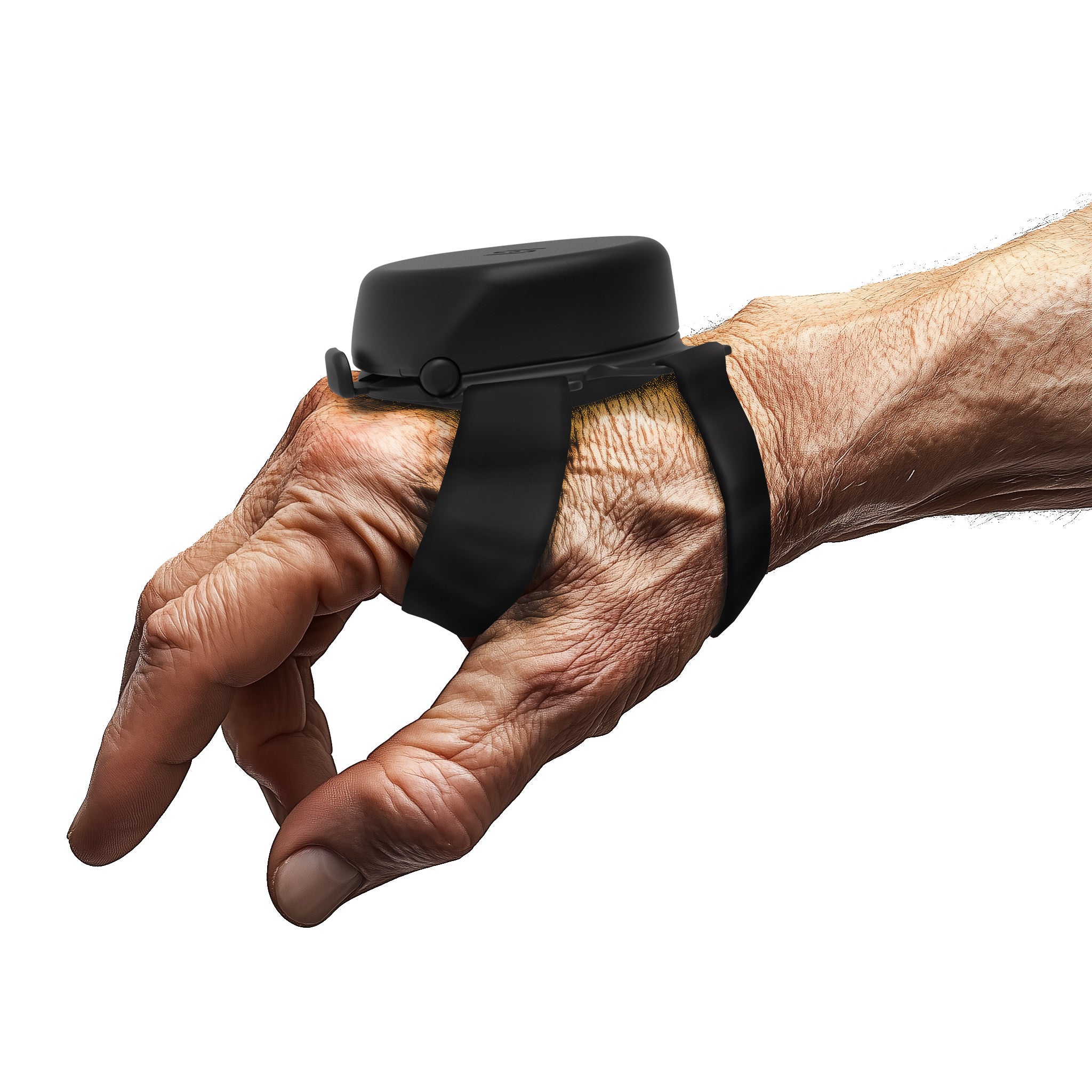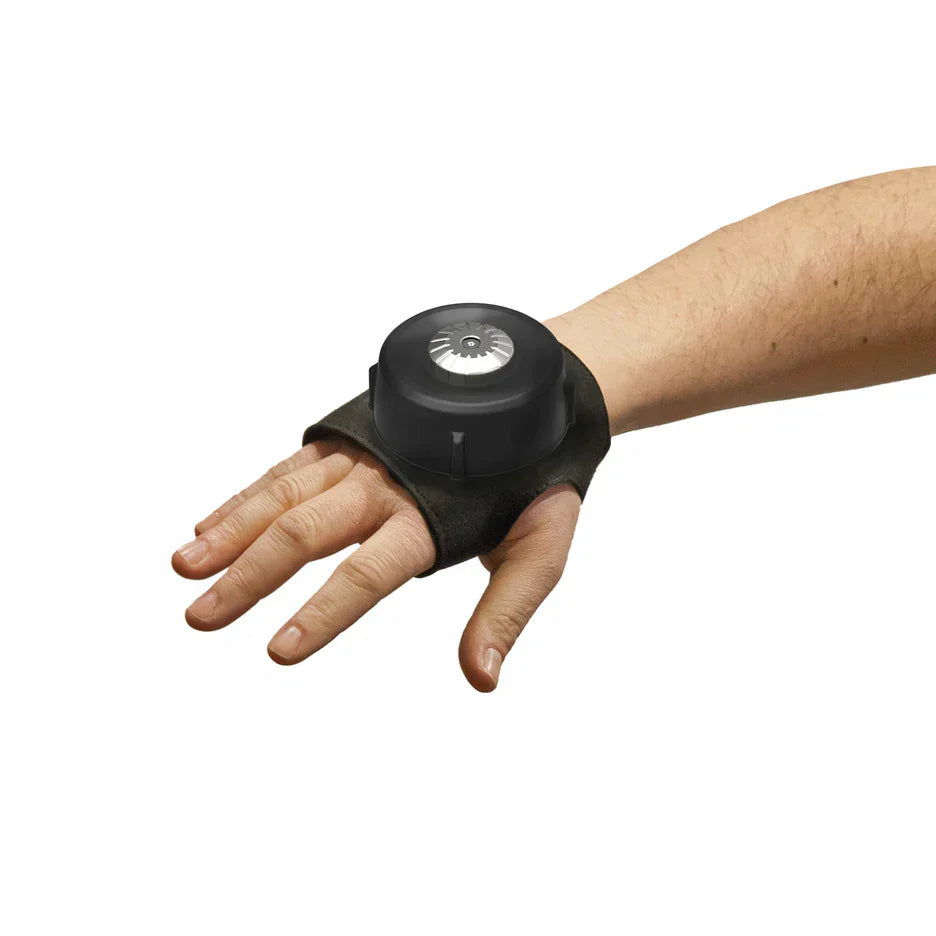Internal tremors are a perplexing phenomenon, often described by those affected as a sensation of shaking inside the body that is not visible to others. These internal vibrations can be alarming, leaving individuals searching for answers and relief. Many people wonder, “why do I feel like I am shaking on the inside?” In this comprehensive guide, we delve into the intricacies of internal tremors, exploring their symptoms, causes, and the various ways to manage them.
From identifying the nuances between essential and intention tremors to recommending exercises and nutritional advice, we aim to empower you with knowledge and solutions for managing this condition.
Symptoms of Internal Tremors:
The experience of internal tremors can be as varied as the individuals who endure them. Commonly described as a feeling of jitteriness, shakiness, or a subtle body trembling inside, these sensations can be sporadic or constant. They might manifest more prominently when lying down or during moments of rest, sparking an unsettling discord between the body's stillness and the internal tumult. Some people specifically notice internal tremors when waking up, making mornings especially difficult.
What's Shaking Within? Exploring the Causes and Diagnosing Internal Tremors

While the exact cause of internal tremors is not always clear, they are frequently associated with various neurological conditions, anxiety internal tremors, stress responses, or as a side effect of medication. It can be challenging to diagnose this symptom, as it often requires a careful medical evaluation and the exclusion of other conditions.
Trigger Points: What Intensifies Internal Tremors?
Several factors can exacerbate internal tremors in individuals with essential tremor. These include:
- Stress and Anxiety:
High levels of stress and anxiety internal shaking can trigger or intensify internal tremors. Emotional states can have a profound impact on the nervous system, leading to increased tremor activity. Individuals experiencing anxiety internal tremors may feel as though their body is quaking inside without any visible movement.
- Fatigue and Lack of Sleep:
Insufficient rest and fatigue can make internal tremors more pronounced. Proper sleep and restful periods help restore the body's equilibrium, reducing tremor frequency and intensity. This is particularly relevant for those who experience internal tremors when waking up, which may be related to poor sleep quality.
- Caffeine and Stimulants:
Stimulants like caffeine and certain medications can stimulate the nervous system, potentially worsening internal tremors. Reducing or avoiding these substances may provide some relief for those who often report shaking inside the body during stressful or overstimulating situations.
Essential Tremor vs. Intention Tremor:
Distinguishing between Essential Tremor and intention tremor is crucial, as each has different implications and management strategies. Essential Tremors are typically action-induced, occurring during movement, while intention tremors appear as one approaches a target or goal, such as touching one's nose. We will dissect these differences in detail, clearing common misconceptions and guiding readers toward a deeper understanding of their symptoms.
Essential Tremor:
-
Action-induced: Occurs during voluntary movements like writing or holding a cup.
- Symmetric: Often affects both sides of the body symmetrically.
- Frequency: Typically features high-frequency, low-amplitude shaking.
- Affected Areas: Commonly involves hands, head, and voice, but legs and trunk may also be affected.
Intention Tremor:
- Goal-directed Movement: Becomes more pronounced as the affected limb approaches a target, like touching the tip of the nose.
- Asymmetric: Usually affects one side of the body more than the other.
- Frequency: Characterized by low-frequency, high-amplitude shaking.
- Affected Areas: Predominantly appears in the hands and arms; can also impact the legs and trunk during precise movements.
Internal Tremors and Muscle Twitches:
Many individuals with Essential Tremor also experience muscle twitches alongside internal tremors. Muscle twitches, known as fasciculations, are brief and involuntary contractions of muscle fibers. These twitches can occur independently or in conjunction with body trembling inside, contributing to the overall sensation of movement within the body. Muscle twitches are typically harmless and do not require specific treatment unless they become persistent or significantly interfere with daily activities.
Management and Treatment Options:
Living with internal tremors requires a multifaceted approach to management. There's no one-size-fits-all solution, but a combination of treatments can provide significant relief. This segment will cover the spectrum of management strategies, from medical interventions such as beta-blockers and anticonvulsant medications to physical therapies and stress-reduction techniques. We'll explore the effectiveness of each and offer practical tips for integrating these treatments into daily life.
How Diet and Supplements Can Ease Internal Tremors?
Nutrition plays a subtle yet powerful role in managing internal tremors. Certain dietary choices and supplements, like magnesium, have been observed to mitigate tremor symptoms. However, it's important to note that the effectiveness of these supplements can vary significantly between individuals, and they should be used under the guidance of a healthcare professional. In this section, we will sift through the evidence, presenting the best dietary practices and supplements that may contribute to tremor reduction. From the benefits of magnesium glycinate to the potential impact of weighted wristbands, our goal is to equip you with an arsenal of nutritional tools against internal tremors, with a strong recommendation to consult with health experts before starting new supplements.
Exercise and Physical Therapy:
For many living with internal tremors, the quest for stability leads to the gym floor. Engaging in targeted exercises can offer a semblance of control over an otherwise uncontrollable sensation. By strengthening the muscles and enhancing coordination, exercises specifically designed for tremor management can be a cornerstone of an effective treatment plan.
Incorporating wrist stretches and grip-strengthening activities into your routine could be instrumental. For instance, exercises like 'wrist curls' or 'hand grips' can fortify the muscles responsible for steady hand movements. For those wondering about the "best exercise for hand tremors," it might be as simple as squeezing a stress ball or engaging in dexterity-focused tasks like bead threading.
Physical therapy, too, brings a personalized touch to tremor management. A qualified therapist can develop a regimen that targets your unique challenges, focusing on exercises that promote muscle steadiness and motor control. This customized approach can be particularly beneficial for those grappling with "sudden uncontrollable shaking in the elderly" or "weighted gloves for tremors."
Stress Management Techniques:
Amid the internal cacophony of tremors, finding tranquility can feel like a distant dream. Yet, mastering stress reduction techniques can be a powerful ally in mitigating internal tremors. The connection between the mind and body is profound, with stress often acting as a catalyst for the anxiety internal shaking or the sensation of shaking inside the body.
Technological Advances in Tremor Research:
The landscape of tremor research is in constant motion, with technology leading the charge towards groundbreaking discoveries. Recent advancements have shed new light on the answer to the question “why do I feel like I am shaking on the inside?” and internal tremors when waking up, opening doors to innovative treatment avenues.
Diagnostic tools have become more sophisticated, allowing for precise measurement and analysis of tremor patterns. This technological prowess is not just academic; it translates into better, more tailored treatment plans for those experiencing internal tremors.
Therapies, too, have felt the touch of innovation. From wearable devices that counteract tremors, to sophisticated brain stimulation techniques, the future is bright for those seeking relief from body trembling inside or internal shaking sensations.
By staying abreast of these developments, we are not only contributing to the conversation but also to the solutions that may one day turn the tide in tremor treatment.
Knowing When to Seek Help: Navigating Medical Care for Internal Tremors
While internal tremors are often manageable, there are instances where medical intervention may be necessary. It is advisable to seek medical help if:
-
Internal tremors significantly affect daily activities and quality of life.
-
Tremors worsen or become increasingly frequent.
-
Tremors are accompanied by other concerning symptoms, such as weakness, dizziness, or difficulty speaking.
Steadiwear's Innovations: Pioneering Solutions for Tremor Relief

Steadiwear is leading the charge in tremor relief with the Steadi-3 glove, designed to assist those with Parkinson’s Disease and Essential Tremor. This innovative glove incorporates sensors that actively respond to tremor movements, offering real-time stabilization. The glove's design focuses on adaptability, allowing users to customize settings for optimal control and comfort. Made from lightweight materials, it is both comfortable for daily wear and discreet enough to be worn under clothing.
Our commitment to innovation is driven by user feedback and collaborations with medical experts, ensuring our products are both cutting-edge and highly effective. We continually refine our technology, leveraging the latest research to enhance functionality and ease of use. Steadiwear aims to expand its reach, improving access to tremor solutions worldwide, and empowering individuals to manage their symptoms with confidence and ease.
Conclusion:
Internal tremors may be an invisible condition, but their impact on quality of life is anything but. With the strategies and insights outlined in this guide, we hope to shed light on the shadows of this condition, offering hope and help to those affected. Whether you're navigating anxiety internal shaking, waking up with internal tremors, or asking yourself why do I feel like I am shaking on the inside, know that you are not alone. For more information on managing tremors and to discover stabilizing solutions, visit our homepage. Share this post with your community and join the conversation about managing internal tremors.



